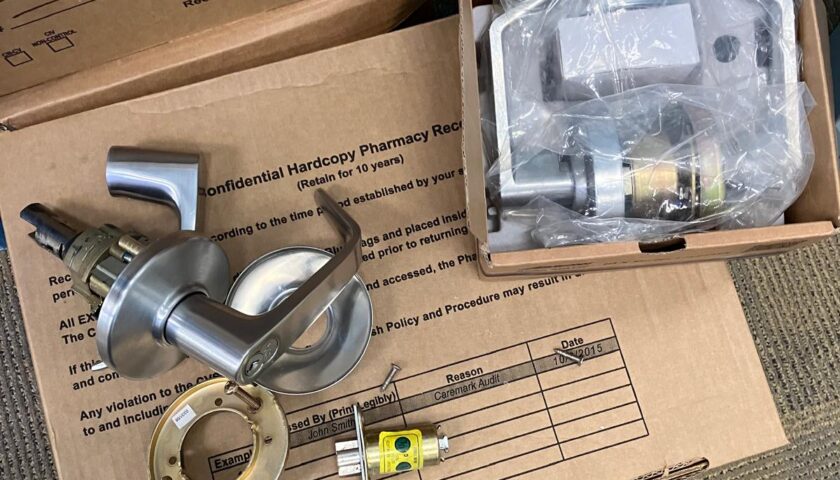Travel can be as exhilarating as it is stressful, but seasoned voyagers know that efficiency and smart preparation can make all the difference. Among the myriad travel accessories that claim to offer convenience, luggage tags stand out as both fundamental and indispensable. This blog explores why luggage tags are a key component of travel gear and how to choose and use them effectively.
Why Luggage Tags Matter
Luggage tags serve a simple yet critical function: they help identify your baggage and significantly increase the odds of recovery should it get lost. However, the utility of luggage tags goes beyond just tagging; they’re also a first line of defense in the chaotic world of airport terminals and beyond.
Security and Peace of Mind: Airports are bustling hubs where the chances of luggage going astray are all too high. A luggage tag contains essential information that can guide your bags back to you. This reduces potential stress and disruption to your travel plans caused by lost or misidentified luggage.
Efficiency: In the rush of check-ins and baggage claims, clearly marked luggage can save you time and inconvenience. Tags help differentiate your belongings from others, a benefit not just at airports but also at hotels, cruise ships, trains, and other transportation nodes.
Personalization: Luggage tags come in various designs, colors, and materials, allowing travelers to personalize their gear. This customization makes identifying one’s luggage from a distance much easier, speeding up your exit strategy post-flight or transit.
Choosing the Right Luggage Tag
Selecting the best luggage tag involves more than picking out a fun design or bright color. Material durability, information security, and attachment style are critical factors to consider.
Material Matters: The most common materials for luggage tags are plastic, metal, and leather. Each offers different levels of durability and aesthetic appeal. Plastic tags are lightweight and inexpensive but may not endure rough handling. Metal tags are durable and secure but can be heavier. Leather tags offer a classic look and durability, though they may require more care and are often pricier.
Information Security: Modern luggage tags have evolved to enhance privacy and security. Traditional tags might display all your personal information openly, but today’s versions often feature privacy flaps or are designed to show only your name, with additional contact details concealed. Some tags now integrate QR codes or use smart technology that can be scanned to reveal contact information without displaying it directly.
Attachment Style: How a luggage tag attaches to your bag can impact both security and ease of use. Tags with sturdy loops or chains are less likely to be torn off than those with less durable connectors. Consider how easily you can attach and detach the tag, especially if you switch bags frequently.
What to Write on a Luggage Tag
The information you include on your luggage tag can make a significant difference in recovering lost luggage. Essential details include:
- Name: Your full name should be clear and easily readable.
- Phone Number: Use a mobile number where you can be reached during your travels.
- Email Address: An email can be a safer and more accessible point of contact, especially internationally.
- Address: Opinions vary on including a home address. Some prefer to list an office address or a P.O. box for security reasons. Alternatively, listing your destination address (hotel or otherwise) can be practical for travel.
Avoid including overly sensitive information like your Social Security number or explicit details about the duration and location of your travel.
Trends in Luggage Tag Technology
The evolution of luggage tags has kept pace with technology, integrating features that cater to digital needs and enhance user experience.
Smart Tags: These use technologies like RFID (Radio Frequency Identification), NFC (Near Field Communication), or Bluetooth to help track your luggage. Some smart luggage tags can even send alerts to your smartphone when your bag arrives on the carousel.
GPS Enabled Tags: For those who want real-time tracking information, GPS-enabled tags can provide peace of mind by showing the exact location of checked luggage through a mobile app.
Eco-Friendly Tags: With increasing awareness of environmental issues, eco-friendly tags made from sustainable materials like recycled plastics or bamboo are becoming popular. These options offer durability and security while also supporting sustainability.
DIY Luggage Tags
For the crafty traveler, making your own luggage tag can be a fun pre-trip activity. DIY tags allow complete customization in design and material. You can use durable fabrics, repurposed materials, or even sturdy paper products encased in a plastic sleeve. Add personal touches like stitching, decals, or waterproof covers to enhance both the appearance and the durability of your tag.
Final Thoughts
While they may seem like simple accessories, luggage tags play a crucial role in the safety and identification of your baggage throughout your journey. Choosing the right tag means balancing functionality, security, and style to ensure your travels are as stress-free as possible. Whether you opt for a high-tech solution or a simple, stylish tag that pops, investing in a good luggage tag is a minor detail that can have major payoffs.
In the world of travel, it’s often the small things that make the biggest difference. Equip yourself with a reliable luggage tag, and give yourself one less thing to worry about as you embark on your next adventure. Happy travels!




